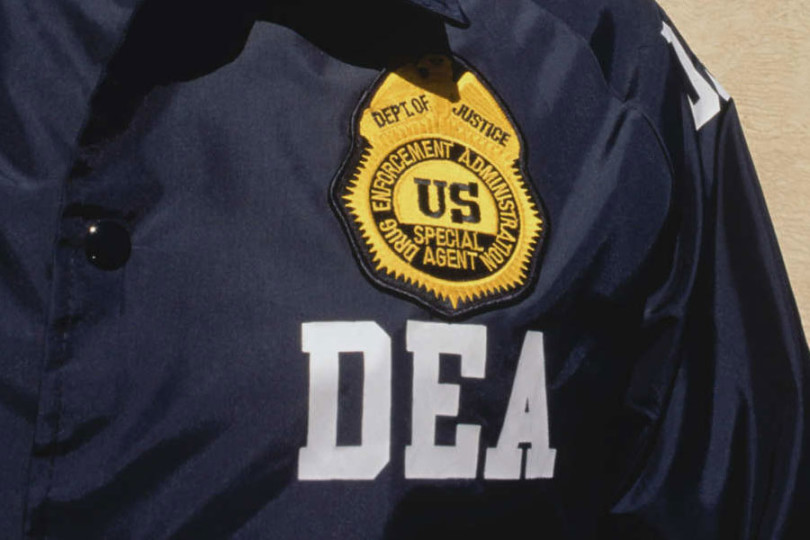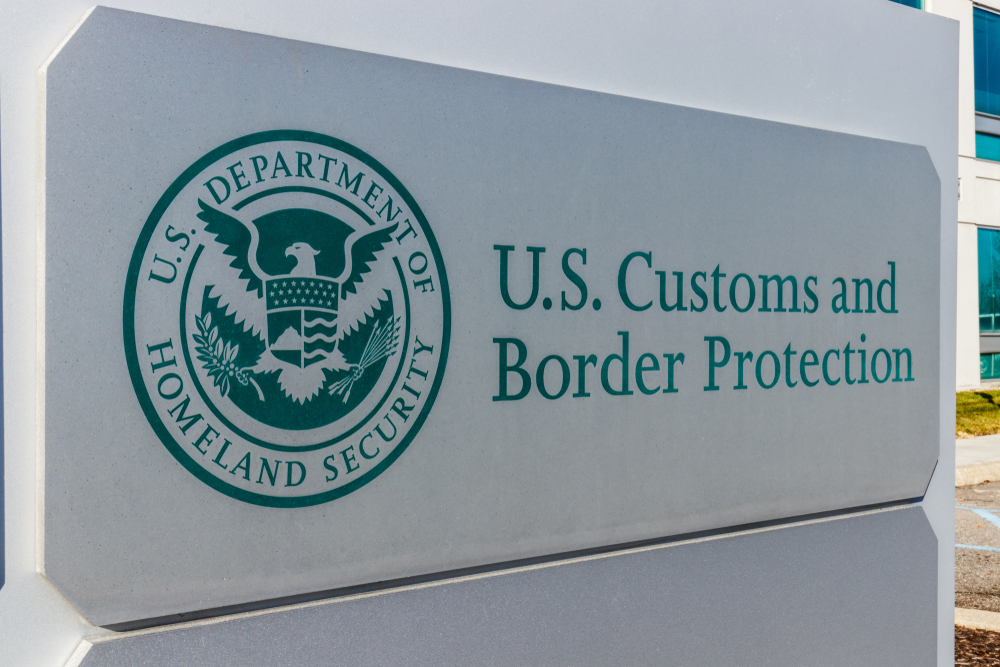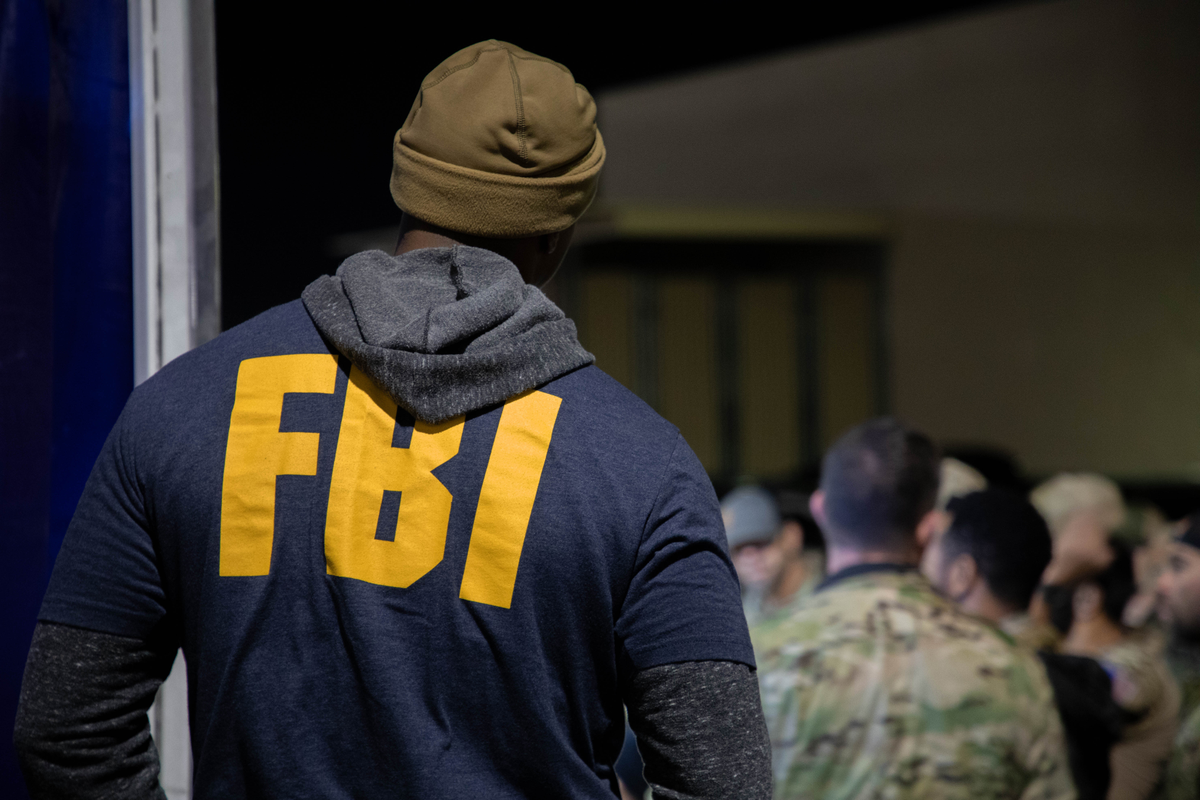 By Larry Wack
Retired FBI Agent
By Larry Wack
Retired FBI Agent
Within the culture of law enforcement, the many myths and legends do not always take on the human form of dusty lawmen with the sun at their backs, blue suits or brazen detectives.
The FBI is no exception. Not being able to escape one myth with regard to early firearms, credit for it can be attributed to a variety of factors. Included are mistaken interpretations, some distortions and oversight of the evidence.
Since the “Roaring Twenties,”there have been numerous accounts about the crime wave of that era and the U. S. Government’s efforts to fight back against the increased violence. Continuing with the mounted “war on crime”
in the early 1930s, the general media has touched upon the May/June crime bills of 1934. Within those bills, Congress made a variety of crimes such as bank robbery, kidnappings (and more) violations of federal law. The law also expanded and made uniform the FBI’s authority in the areas of arrests and use of firearms. Leaving aside changes in arrest authority for purposes here, the enacted law (18 USC 3052) of 1934 said about firearms “…Agents of the Federal Bureau of Investigation may carry weapons…”
Historically, between the Bureau’s founding and 1934, Congress did not legislate the Bureau’s powers of arrest and use of weapons. The 1 root of any firearms use prior to 1934 would lie in the 2nd Amendment. Prior to enactment of 18 USC 3052, agents most certainly had the same power to make arrests and to carry firearms as any private citizen. Having to obtain permits and licenses for their firearms in accordance with state and local laws was not uncommon, especially in the area of local laws pertaining to “concealment.” The 1934 legislation provided “relief” from these obstacles as the war on crime escalated and agents became more involved in interstate travels along with increased shooting incidents.
The words of the 1934 statute “may carry weapons” left some with the false conclusion that agents did not carry them previously. Over the decades, confusion was added by the written and spoken media who translated those words into “was not authorized,” “wasn’t allowed,” “didn’t have the right,” “forbidden by law” (and similar) to carry weapons prior to the 1934 May/June crime bills. If anyone takes notice, that’s usually where the subject stops.
In sum, scores of people ended up believing – and still do – that FBI special agents did not carry firearms until 1934. However, it’s a myth that continues and today it’s not hard to find repetition of it. The statement, or variations, is a lazy “catch all.” The odd part is that evidence to the contrary has been available publicly for decades. It reveals a lack of desire to research the pre-existing weaponry and what the legislation really accomplished. Contributors to the myth are many of the same people who have spent years scrutinizing the Bureau’s history in detail. 2 Others who contribute merely parrot the words of their predecessors and peers out of convenience.
The 1934 statute provided the FBI the expanded authority to carry firearms (concealed or not) nationwide. However, believing this wasn’t an already existing legal practice is inaccurate. Enactment of the federal law merely made the practice uniform from state to state, much like the power of arrest was made uniform from state to state.
If anything should have aroused the suspicions of the old and new media over the years to look further, it’s the existence of the obvious. Prior to the 1934 statute, there were multiple incidents of FBI shootings already publicly well known. High profile occurrences that come to mind are
the June, 1933 “Kansas City Massacre,” the December, 1933 shootout with gangster Wilbur Underhill, and the shootout at the “Little Bohemia” Lodge in April, 1934 with the Dillinger gang.
In two of the three, FBI agents and local lawmen were killed or wounded. For anyone subscribing to the idea that firearms were not allowed until the 1934 statute, surely these battles alone should have peaked some curiosity about the Bureau’s weapons.
Firearms available to special agents and present in field offices can actually be traced back to the 1920s, and possibly earlier. The record is very clear the Bureau was already investigating a variety of crimes involving individuals where weapons might be needed during investigations, or apprehensions of dangerous fugitives coming from those cases. During the 1920s, two FBI special agents, Edwin C. Shanahan and Paul C. Reynolds, lost their lives to violent criminals. Both were bound by the existing 1920s Bureau regulations on firearms.
Those regulations, in part, are present in the form of an early Bureau employee manual and reveal the regulations for use of, and existence of firearms in field offices. Dr. John Fox, the FBI’s current Historian, summarizes portions of this manual. Emphasis is on the fact this manual is dated 1929.
Section 11, Firearms: Employees are instructed:
a – That they are legally entitled to carry firearms for defensive purposes.
b – That, however, as a matter of policy, they are not to carry the same unless such action is authorized by their Special Agent In Charge.
c- That they are never to use such firearms except for strictly defensive purposes.
d – That a supply of firearms is kept in each field office to be issued, when necessary, to the employees by the Special Agent In Charge.
Written testimonials came later from those special agents who served during the era. In 1955 FBI special agent Roy McHenry provided his own experience to the magazine Grapevine, an internal publication of the Society Of Former Special Agents Of The FBI. McHenry served from 1917 to 1920.
His written account states, in part, “The fact is that long before the passage of the [1934] act, as early as 1917… hand guns were issued to us by the Bureau…” McHenry mentioned the various handguns he carried. His testimony is corroborated by others of the era to include special agent Mort Davis (1917-1925). In 1962 Davis told the Grapevine, “In a state like New York, which had a law requiring those carrying concealed weapons to obtain permits, we were warned ]by the SAC that we had better apply…” 3
More evidence appears in released FBI files. In June, 1933 Oklahoma SAC, Ralph Colvin made a personal appeal for better firearms by letter to J. Edgar Hoover after the Kansas City Massacre.
Revealing existence already of weapons in that office, he stated “ …we have only the small light pistols furnished by the Bureau and which are entirely inadequate for the purpose.” 4
The Bureau’s files (available now for some thirty plus years) contain more than enough documentation by themselves to support the fact that firearms existed before 1934. Although some ]firearms were already present in offices, the Kansas City Massacre of June, 1933 catapulted the FBI’s efforts in further arming its agents individually while enhancing the firearms available to the field offices. For Director J. Edgar Hoover, Congressional action was still a long way off.
In a historic moment revealed in a June 28, 1933, “Memorandum For The Director,” J. Edgar Hoover’s Executive Committee of ranking FBI personnel met that month with experts from the Washington, D. C. police department, ballistics experts and US Army advisors. The memorandum reveals the conclusion “… the following equipment is the best which can be obtained for all purposes and should be supplied in appropriate quantities to all field offices…” 5 Among those listed items were Colt revolvers, Thompson sub-machine guns and Army Springfield rifles.
Firearms distribution for hundreds of special agents and multiple field offices followed during 1933 and continued well before the ink was applied to the 1934 legislation.
Sources & Notes:
1 The Bureau & the FBI are synonymous for purposes here. It’s recognized the re-naming of the agency to “Federal Bureau Of Investigation (FBI)” did not occur until 1935.
2 In two of the overwhelming examples, author Curt Gentry writes with regard to the legislation,..“special agents of the Bureau of Investigation were given the right to make arrests, execute warrants, and carry firearms,…”. (Gentry, Curt (2011-11-07.) J. Edgar Hoover: The Man and the Secrets (Kindle Locations 3508-3510). [We note that agents had “the right” to carry firearms long before.]
In another reference, the Charles Rivers Editors mention, “Hoover asked Congress for more authority and money… Bureau agents could now carry guns and were granted arrest powers.” (Charles River Editors [2012-07-29). American Legends: The Life of J. Edgar Hoover (Kindle Locations 419-425). Kindle Edition.
[The comment “could now carry guns” is a far cry from the historical record.]
3 McHenry submission. Grapevine. p. 10, June-July issue, 1955 & Davis interview, 1962.
4 Oklahoma SAC Colvin’s letter to the Director, June 25, 1933. Obtained by the author. FOIA. FBI file 62-28915-115.
5 FBI memorandum, June 28, 1933. Obtained by the author – FOIA. FBI file 66-3760-3. In the interest of brevity, only one of the many firearms enhancement documents of 1933 are mentioned here.
A that tip to Judge Shawn McCarver and Dr. Fox for their input. Larry Wack is a retired special agent of the FBI. His website is a tribute to the early Bureau and the agents of the 1930s. Read more at: http://historicalgmen.squarespace.com. Also, check the FBI’s website for more history at: fbi.gov Opinions expressed are those of the author only.




